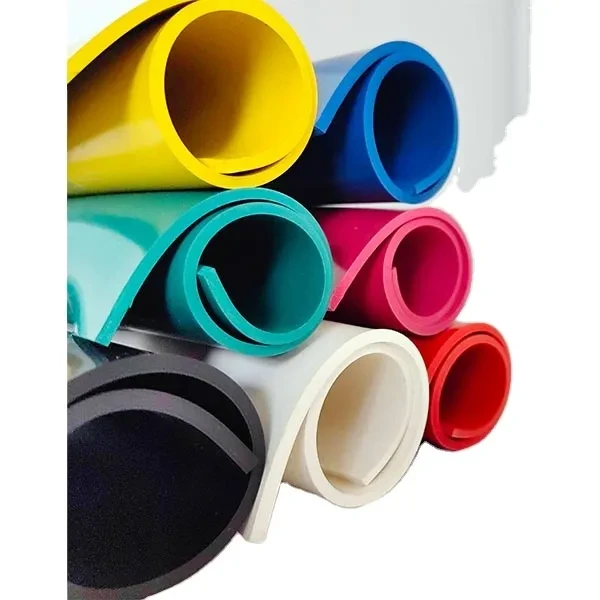weather stripping for a car
Weather Stripping for a Car Keeping the Elements at Bay
Weather stripping is an essential component of any vehicle, designed to provide a seal that prevents water, air, and dust from entering the interior. Over time, wear and tear can lead to deterioration, which compromises the effectiveness of these seals. Proper maintenance or replacement of weather stripping can significantly enhance the comfort and longevity of your car. This article will explore the importance of weather stripping, signs of wear, and how to maintain or replace it effectively.
Understanding Weather Stripping
Weather stripping refers to materials that are installed in various parts of a car to create a tight seal. These strips are commonly made from rubber, foam, or felt and are typically located around doors, windows, sunroofs, and trunks. Their primary functions include protecting against
1. Water Leakage Preventing rainwater and moisture from seeping into the car, which can lead to rust and mildew. 2. Drafts Minimizing air leaks that can cause the HVAC system to work harder, leading to increased fuel consumption. 3. Noise Reducing wind and road noise, which enhances the driving experience. 4. Dust and Debris Keeping unwanted particles from entering the cabin.
Signs That Weather Stripping Needs Attention
Identifying the signs of worn-out weather stripping is crucial for timely maintenance. Here are some indicators that it may be time to inspect and possibly replace the weather stripping in your vehicle
- Visible Cracks or Tears If you notice any visible damage on the strips, such as cracks or separations, it may be time to replace them. - Water Leaks Finding puddles inside your car after heavy rain is a clear sign that the seals are compromised. - Increased Cabin Noise A noticeable increase in noise from outside while driving can indicate a failing weather seal. - Drafts If you sense drafts coming from closed doors or windows, this is a definitive sign that weather stripping has lost its effectiveness.
Maintenance Tips for Weather Stripping
To prolong the life of your weather stripping, regular maintenance is essential. Here are some simple tips to help you care for these critical components
1. Cleaning Regularly clean the weather stripping using mild soap and water. This removes dirt and grime that can wear down the material over time. Avoid harsh chemicals that can lead to further deterioration.
weather stripping for a car

2. Lubrication Applying a silicone-based lubricant can help keep the weather stripping flexible and prevent it from drying out. Avoid petroleum-based products, as they can degrade rubber.
3. Inspection Regularly inspect the weather stripping for any signs of wear or damage. Catching problems early can save you time and money on more extensive repairs.
4. Tempering Temperature Changes Extreme temperature changes can increase wear and tear. Whenever possible, park your car in a garage or shaded area to reduce exposure to harsh elements.
Replacing Weather Stripping
When replacement is necessary, the good news is that this process can often be done at home with minimal tools. Here’s a general guide to help you through the replacement process
1. Purchase Replacement Strips Check your car’s manual for the proper specifications and purchase weather stripping from a trusted supplier.
2. Remove Old Stripping Carefully peel off the existing weather stripping, taking care not to damage the surface underneath.
3. Clean the Surface Thoroughly clean the area where the new strip will be applied to ensure a good seal.
4. Apply New Stripping Follow the manufacturer's instructions for applying the new weather stripping. Be sure to press firmly to ensure a secure bond.
Conclusion
Weather stripping may not be the first thing that comes to mind when considering vehicle maintenance, but it plays a significant role in ensuring your comfort and the longevity of your car. By regularly inspecting and maintaining or replacing weather stripping, you can keep your vehicle snug and dry, enhancing your overall driving experience. So, make it a habit to check these vital components, ensuring your car is ready to face the elements, no matter the season.
-
Under Door Draught Stopper: Essential ProtectionNewsJul.31,2025
-
Garage Door Seal and Weatherstrips for ProtectionNewsJul.31,2025
-
Edge Banding Tape for Perfect EdgesNewsJul.31,2025
-
Table Corner Guards and Wall Corner ProtectorsNewsJul.31,2025
-
Stair Nose Edging Trim and Tile Stair SolutionsNewsJul.31,2025
-
Truck Bed Rubber Mats for Pickup BedsNewsJul.31,2025
-
Window Weather Stripping for Noise ReductionNewsJul.29,2025